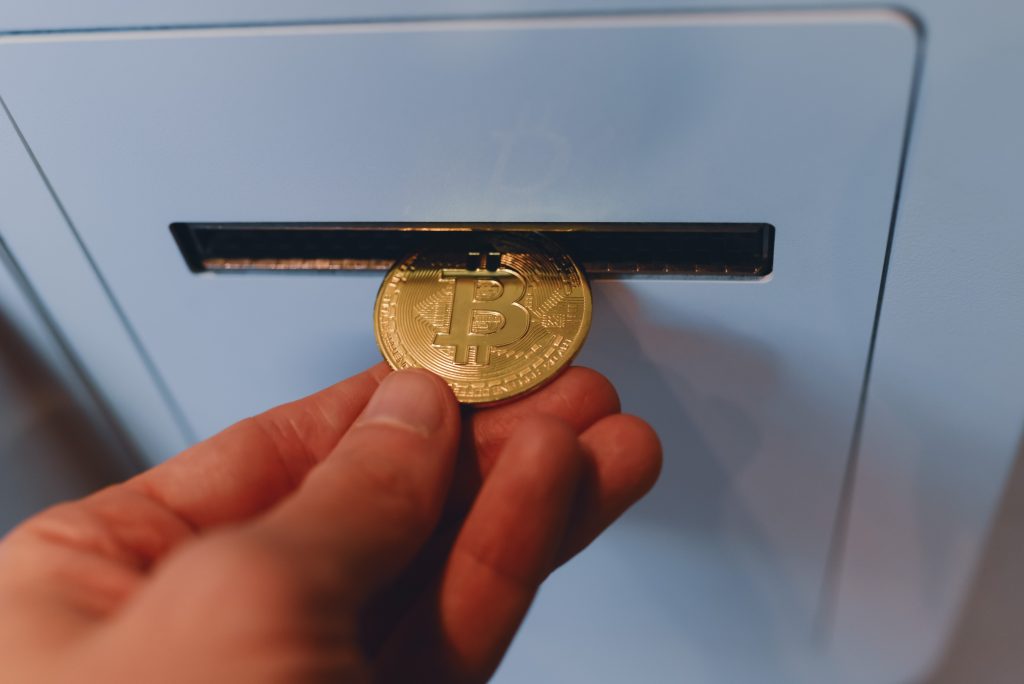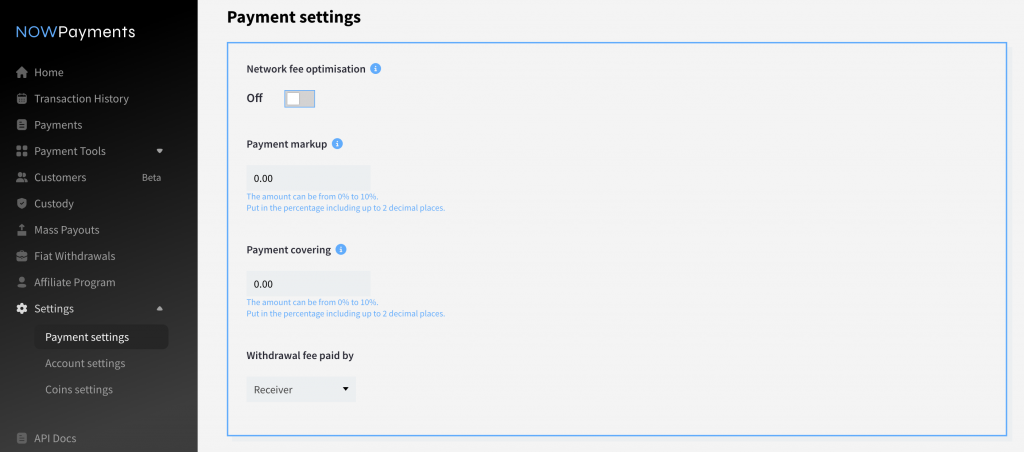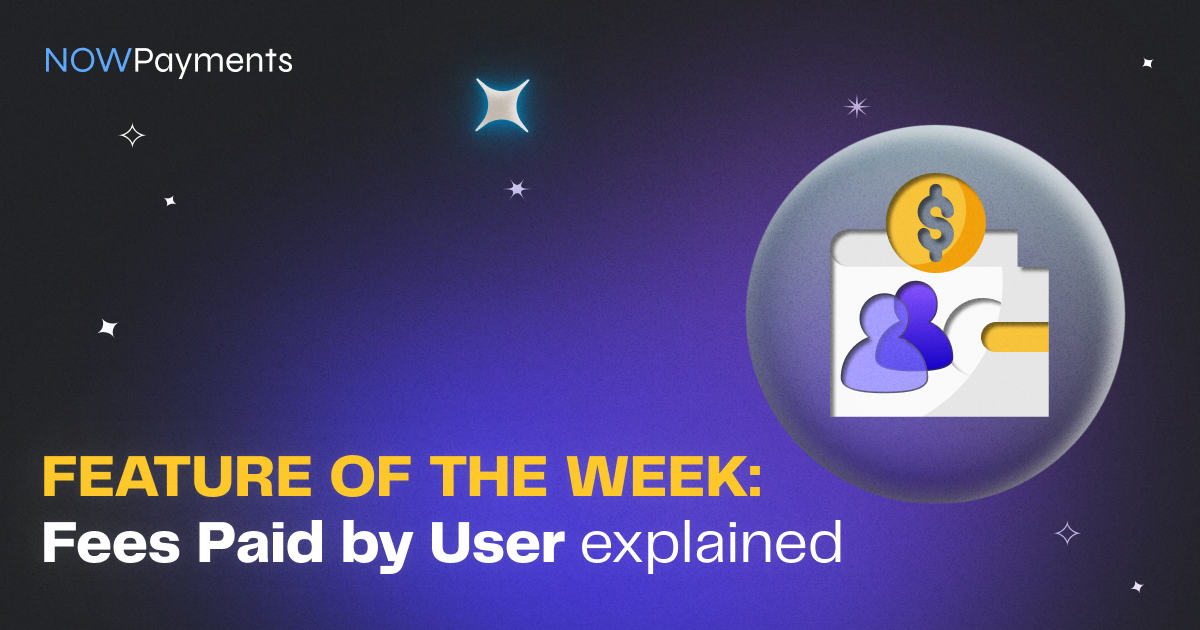Understanding how to accept crypto payments effectively and efficiently can be a challenging task. As a business seeking to tap into the growing crypto market, you must decipher various aspects of the crypto payment process, particularly the fees involved and how to minimize them. This article highlights the unique feature of ‘Fee Paid by User’ offered by NOWPayments, a leading crypto payment gateway.
Crypto Payments: The Fee Structure

When it comes to transacting in cryptocurrencies, understanding the fee structure is crucial. In essence, two types of fees are typically associated with a crypto transaction – the network fee and the service fee.
Understanding Network Fees
Network fees, also known as miner’s fees, are costs paid to incentivize miners or validators responsible for processing transactions on the blockchain. These fees are not affected by the value of the transaction but depend on the specific coin used and the level of congestion on its respective blockchain. For example, Bitcoin and Ethereum usually have higher network fees compared to other cryptocurrencies like Litecoin or Bitcoin Cash due to higher network congestion.
Deciphering Service Fees
Service fees, on the other hand, are charges levied by crypto platforms for their services. These fees might take the form of trading fees on exchanges or exchange fees on non-custodial swap platforms. For instance, NOWPayments charges a service fee of 0.5% from each transaction and an additional 0.5% as an exchange fee if a coin swap is necessary.
The ‘Fee Paid by User’ Feature: A Game-Changer
One of the standout features of NOWPayments is the ‘Fee Paid by User’ option. This innovative feature allows merchants to decide who bears the service fees – the merchant or the customer. This decision can be managed in the Personal Account or via the API.
How to Set up The ‘Fee Paid by User’ Feature
Personal Account Method

- Sign In or Sign Up:
- If you don’t already have an account, sign up for the platform or service where you want to enable the “Fee Paid by User” feature.
- If you have an account, sign in.
- Access Payment Settings: Once you’re logged in, navigate to your Payment Settings in the left bar menu.
- In the Payment Settings section, find the “Withdrawal Fee Paid By” block.
- Choose Between Receiver or Sender:
- If you choose “Receiver,” it means the person receiving funds will pay the withdrawal fees.
- If you choose “Sender,” it means the person sending funds will pay the withdrawal fees.
- Save Changes: After selecting your preference, make sure to save your changes. This will enable the “Fee Paid by User” feature according to your selection.
API Method
{
"price_amount": 1000,
"price_currency": "usd",
"order_id": "RGDBP-21314",
"order_description": "Apple Macbook Pro 2023 x 1",
"ipn_callback_url": "https://nowpayments.io",
"success_url": "https://nowpayments.io",
"cancel_url": "https://nowpayments.io",
"partially_paid_url": "https://nowpayments.io",
"is_fixed_rate": true,
"is_fee_paid_by_user": false
}
If you’re integrating API and want your customer to pay the fees, follow these steps:
- Use the API Endpoint:
- Make sure you have access to the Payments API or Custody API, depending on your use case.
- Set the
is_fee_paid_by_userParameter:- When creating a payment, invoice, or deposit using the API, you’ll need to include the
is_fee_paid_by_userparameter. - Set this parameter to a boolean value:
trueif you want to enable the “Fee Paid by User” feature.falseif you want to disable it.
- When creating a payment, invoice, or deposit using the API, you’ll need to include the
- Make API Requests:
- Depending on your API integration, you might use the following endpoints:
- Payments API: POST Create invoice, POST Create payment.
- Custody API: POST Deposit with payment.
- Depending on your API integration, you might use the following endpoints:
- Submit the Request:
- Once you’ve set the
is_fee_paid_by_userparameter to your desired value (true or false), submit the API request.
- Once you’ve set the
- Confirmation:
- The API should respond accordingly, confirming whether the “Fee Paid by User” feature has been enabled or disabled based on your API request.
Make sure to consult the API documentation provided by your platform or service for specific details on how to use the is_fee_paid_by_user parameter and any other related parameters in your API requests.
Conclusion
Understanding how to accept crypto payments effectively is essential for any business looking to tap into the burgeoning cryptocurrency market. By comprehending the fee structure associated with crypto transactions and leveraging features like ‘Fee Paid by User’, businesses can optimize their operations and maximize their returns.
Remember, every penny saved is a penny earned. So, make sure to take full advantage of the innovative solutions offered by crypto payment gateways like NOWPayments to minimize transaction fees and maximize profitability.

